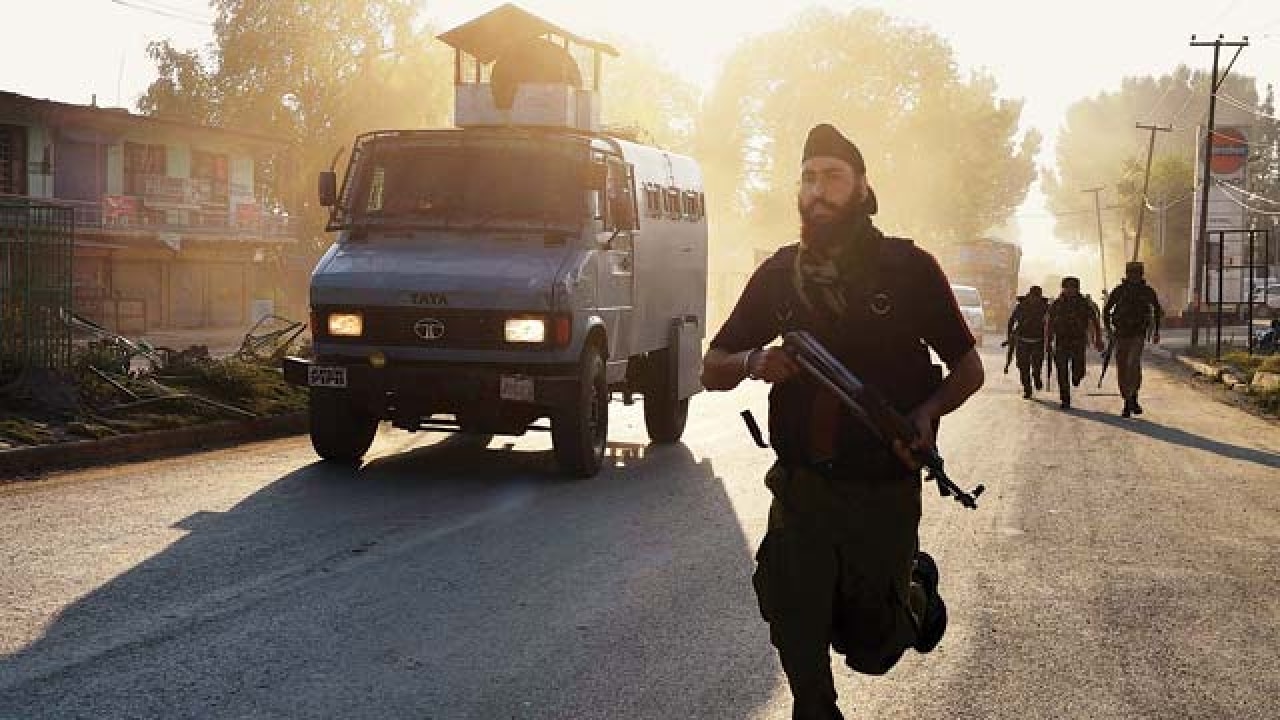
Hundred-and-seventeen persons died in terrorism-linked violence in Jammu & Kashmir (J&K) in 2012, the lowest death toll since 1990 and, crucially, the culmination of a continuous decline since 2001, when fatalities had peaked at 4,507 (all data from the South Asia Terrorism Portal). There was a tremendous opportunity for consolidation, but it has been allowed to pass. Fatalities rose to 181 the very next year (2013), and had risen to 267 in 2016; there were a further 82 fatalities in separatist street violence in 2016, feeding into alarmed assessments of a loss of control. By June 18, 147 terrorism-linked fatalities had already been recorded in J&K in the current year. There have also been sharp increases in ceasefire violations and an escalation of military tensions between India and Pakistan along the Line of Control and International Border. Exaggerated perceptions — that there had been a ‘return’ to the catastrophic circumstance of the 1990s — have been voiced by many who should know much better.
The Maoist insurgency was responsible for 1,180 killings in 2010, the highest toll across an extended theatre of conflict. There has been an uneven decline since then, bottoming out at 251 deaths in 2015. 2016, however, saw fatalities rise to 433, despite the tremendous geographical contraction of the rebellion.
The trends from India’s long-suffering Northeast are, however, positive; the region was afflicted by high-intensity conflicts — more than a thousand fatalities a year — from 1994 to 2001, and again, in 2007 and 2008. Fatalities were down at 160 last year and 58 persons have been killed in the current year (till June 18). The multiple insurgencies across this region appear to have reached exhaustion, and now find little traction among the people. However, residual capacities for harm, the easy availability of small arms and of safe havens across the border in Myanmar, the record of poor governance in the region, persistent deficiencies and deficits in India’s security apparatus, and the potential and ever-present malice of neighbours, indicate that vulnerabilities have hardly been addressed.
Crucially, Islamist terrorist violence outside J&K has bottomed out, with 11 fatalities outside J&K in 2016, and one in the current year, as against highs of 230 in 2006 and 349 in 2008. India, moreover, stands out as a little-understood beacon of hope with regard to global jihadi mobilisation, particularly recruitment to the Islamic State (IS, also Daesh). A total of 60 persons from India are known to have joined Daesh in Iraq, Syria and Afghanistan (of these, 13 are already confirmed dead). Ninety-eight persons have been arrested in India for conspiracies or criminal activities linked to Daesh, while 53 others have been ‘detained’, counselled and released. The roughly 185 million Muslims in India, with very, very rare exception, have rejected the perverse interpretation of their faith that this murderous group propagates and practises.
Despite the transient deterioration of the situation in J&K and in the Maoist belt, consequently, there appear to be significant grounds for optimism with regard to the country’s internal security scenario. The general mood, however, is far from sanguine, and assessments tend to reflect high levels of anxiety, indeed, occasionally, hysteria. Some concerns are, without a doubt, justified. Situations of sustained stability quickly hurtle out of control, often as a result of political mischief and brinkmanship. While it is not the intention to analyse these here, the deterioration in J&K and the sudden blaze in Darjeeling are cases in point. A rash of incidents of communal, sectarian, caste and political violence, often eliciting lukewarm State responses, have contributed to a national mood of suspicion and hostility.
Indeed, the regression into fundamentalist ideologies of the Right and the Left, rooted in the late 19th and early 20th centuries, has been the hallmark of inappropriate political responses to contemporary challenges across the world. These brittle ideological paradigms are on a collision course with reality, and can only produce incalculable harm and suffering. Decades ago, Carl Sagan spoke of the “combustible mix of ignorance and power” that underpinned the crises of our age, and these crises have since worsened, even as has this volatile fusion.
Crucially, few in the highest echelons of power appear to have a sufficient understanding of the critical linkages between knowledge, science and technology, on the one hand, and the core dynamics of global power, on the other. The assault of faith against science weakens nations and civilisations, and this is, today, an enveloping phenomenon. Science, here, is not a mere body of knowledge; it is an attitude of mind, a way of thinking, a tentative acceptance of the limits of the certitudes that lie at the heart of faith. The degree to which we distance ourselves from this way of thinking reflects the degree to which our future is at risk.
The author is Executive Director, Institute for Conflict Management. Views expressed are personal